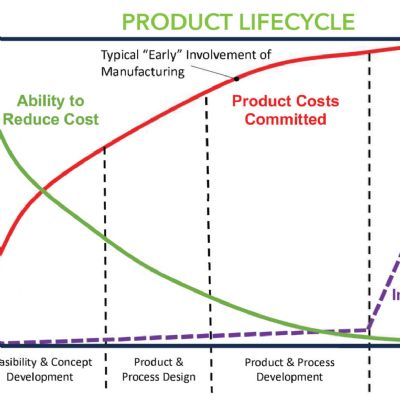Plan for Disaster
October 1, 2008Comments
With hurricanes, wildfires and flooding in the news, and with September having been National Preparedness Month, it’s a good time to revisit the topic of disaster preparedness. Is your company ready for whatever man and nature can throw at it? If not, get ready now.
The U.S. Small Business Administration (SBA) reports that an estimated 25 percent of businesses do not reopen following a major disaster. To help ensure successful continuation of your business, SBA offers a host of resources at its website, www.sba.gov, including a disaster-preparedness guide and a rundown of disaster assistance available from SBA for businesses of all sizes.
When developing a disaster plan, SBA urges you to first ask: What makes my business run? Here are answers that would apply to any manufacturer, and some tips on how to protect those assets.
Employees: Identify an internal shelter; document each employee’s function and emergency contact information; decide who is in charge when regular managers are unavailable; create a phone tree to keep employees informed; train employees on the emergency plan.
Customers: Keep communications open; keep copies of customer records offsite; have an alternate worksite from which to communicate with customers during recovery.
Suppliers: Maintain a supplier contact list; find out how suppliers plan to supply you should they experience a disaster; maintain a list of alternate suppliers.
Equipment: Maintain an inventory of all equipment you use; keep a maintenance schedule for all equipment as well as manufacturer and service contact information.
Property: Make sure your facility meets local building and fire codes; know where utility shutoffs are located and how to operate them.
Records: Document all processes that make your business run, including answering phones, tracking finances and distributing your products; create a schedule for backing up computer records; keep current copies of all paper and computer files offsite and accessible.
With these issues addressed, a sound plan takes shape. That’s important, because to obtain the best insurance coverage and rates, you’ll have to demonstrate to your carrier that you are serious about planning for calamities.
Continuing business after an unfortunate event requires additional planning. Be sure any plan includes the following, as offered at csoonline.com, which provides news, analysis and research on security and risk management:
• Develop and practice a contingency plan that includes a succession plan for your CEO.
• Train backup employees for emergency tasks.
• Determine offsite crisis meeting places and communication plans, and practice crisis communication with employees, customers and the outside world.
• Invest in an alternate means of communication should phone networks go down.
• Make sure that all employees are involved in disaster-plan exercises.
• Make business-continuity exercises realistic enough to tap into employees’ emotions.
• Form partnerships with local emergency-response groups to establish a good working relationship. Let them become familiar with your company and site.
• Evaluate your company’s performance during each disaster-plan test, working toward constant improvement.







 Podcast
Podcast
 Webinar
Webinar